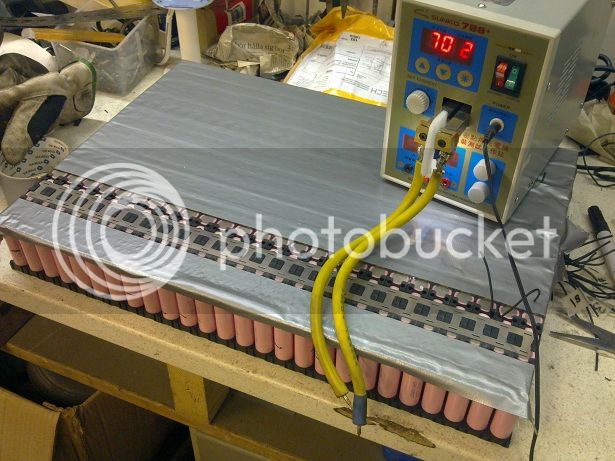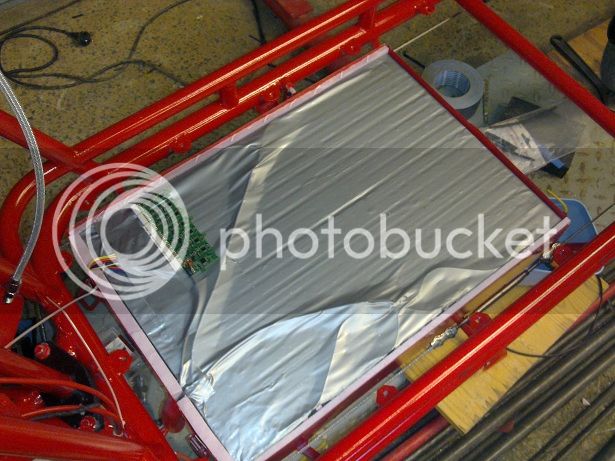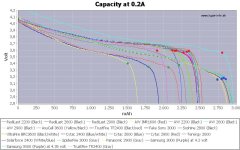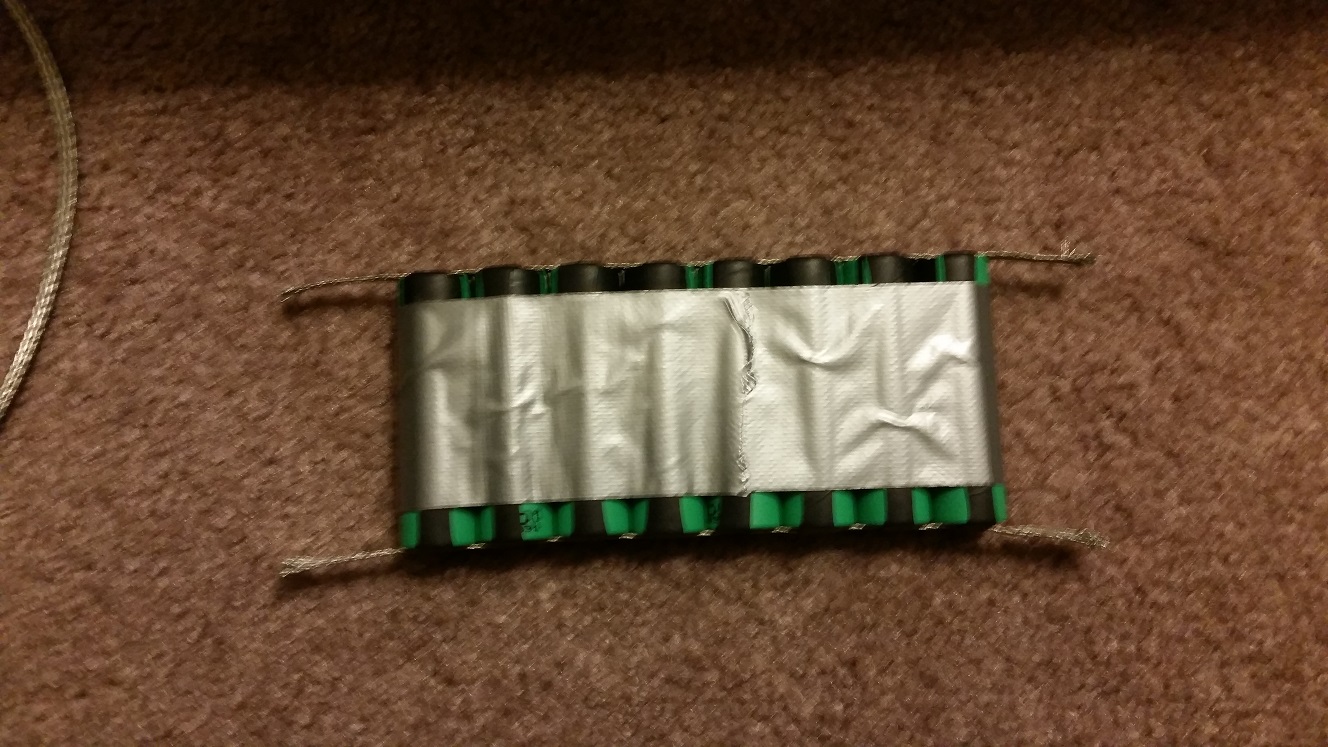DrkAngel
1 GW
Typically, when they test cycle life, it is an automatic constant charge-discharge-charge-discharge cycle with minimal time setting at full voltage.
So, time setting at 4.20V would, likely, not have been considered as a factor in determining cycle life.
Time spent at higher voltages in "hot" climates is additionally and progressively damaging! - (for many Lithium battery types)
Limiting time at higher (4.20V) charged state in >~80ºF environment can additionally limit the severe additional deterioration.
Charging in a cooler location and using-reducing cell voltage below 4.10V before battery temperature rises is promoted to effectively reduce hot battery environment damage.
(~75ºF is considered optimal battery temperature - charging and discharging)
So, time setting at 4.20V would, likely, not have been considered as a factor in determining cycle life.
Time spent at higher voltages in "hot" climates is additionally and progressively damaging! - (for many Lithium battery types)
Limiting time at higher (4.20V) charged state in >~80ºF environment can additionally limit the severe additional deterioration.
Charging in a cooler location and using-reducing cell voltage below 4.10V before battery temperature rises is promoted to effectively reduce hot battery environment damage.
(~75ºF is considered optimal battery temperature - charging and discharging)







